A rare early 18th Century English verge with visible mock pendulum champleve dial and concealed enamel portrait in an unusual silver consular case. Unusual reversed deep full plate fire gilt movement, three Egyptian pillars, the back covered by a simple turned gilt plate. Fusee and chain with worm and wheel barrel setup between the plates. Deep gilt dial plate with oak leaf engraving to the edge. Signed silver champleve dial, glazed aperture below the chapter revealing the heart shaped gilt mock pendulum bob on the three arm balance above the engraved plate. Offset chapter of Roman and Arabic numerals, small gilt regulator dial visible through an aperture at eight o’clock, fine blue steel beetle and poker hands. Very unusual form of silver consular case. Although it appears to be a conventional pair case the front bezel and plain back are hinged to the middle section. The middle section constructed as an inner case complete with split bezel for the glass hinged with the movement. Opening the back cover reveals a polychrome enamel portrait which has a winding aperture with protective silver collar. Maker’s mark “II” below a crown.
Rare Visible Mock Pendulum with Concealed Portrait
Rare Visible Mock Pendulum with Concealed Portrait
$15,700.00
A rare watch in excellent overall condition. The concealed portrait is probably of Pope Clement XI who was the 243rd man to serve as leader of the Catholic Church from 1700 – 1721. It was still difficult to be open about religious affiliations at the time which might explain why the portrait was concealed but seen by the owner whenever the watch was wound. It was most common in watches with mock pendulum for the oscillating part of the balance to resemble the bob of the pendulum associating it with the accuracy of a pendulum. In this watch the heart perhaps alludes to the constancy of the beating heart. Joseph Antram, apprenticed in 1697 to Charles Gretton, Free of the Clockmakers’ Company in 1706. Clockmaker to King George I, died 1723. Casemaker Jonathan Jones, Bell Savage Yard, Ludgate Hill, made cases for Knibb, Windmills and Samuel Watson.

We will always guarantee the authenticity of every piece we sell
We offer a no questions asked 30-day return policy on all orders
All our items are sent boxed and gift wrapped with free global insured shipping
We examine, describe and photograph all our jewellery with the utmost care
You may also like
Get in touch with us for our newsletter and deals going on around our store

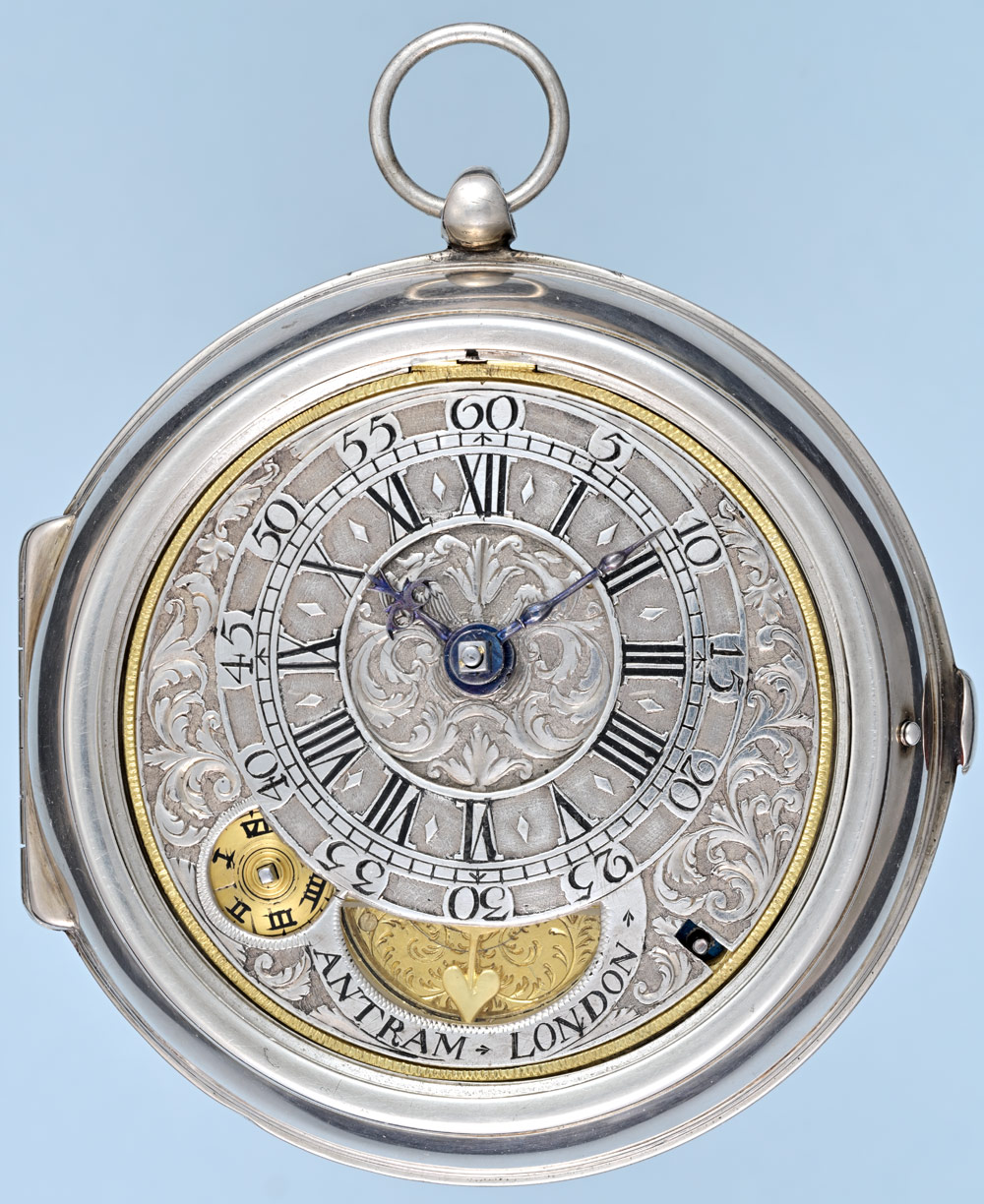
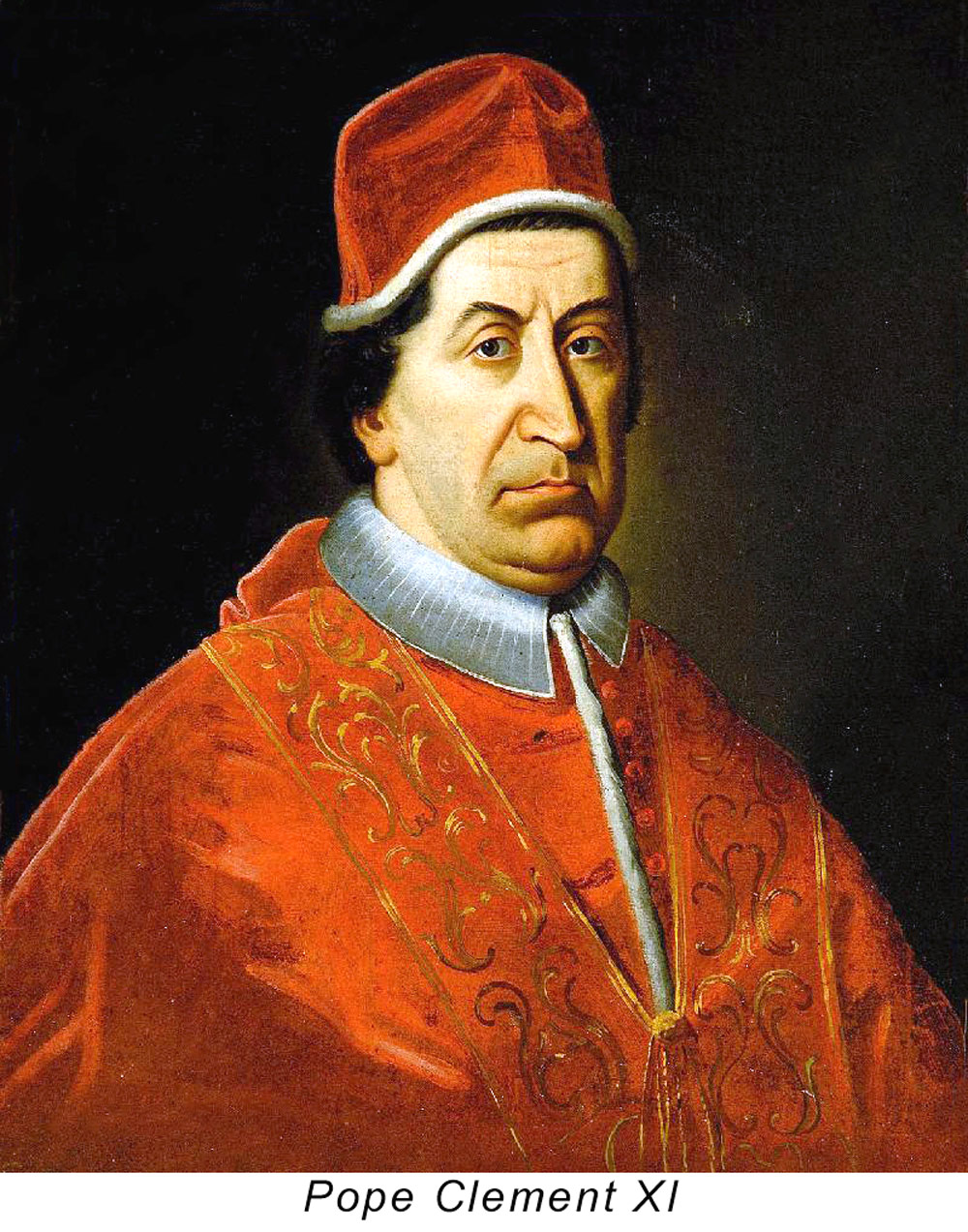
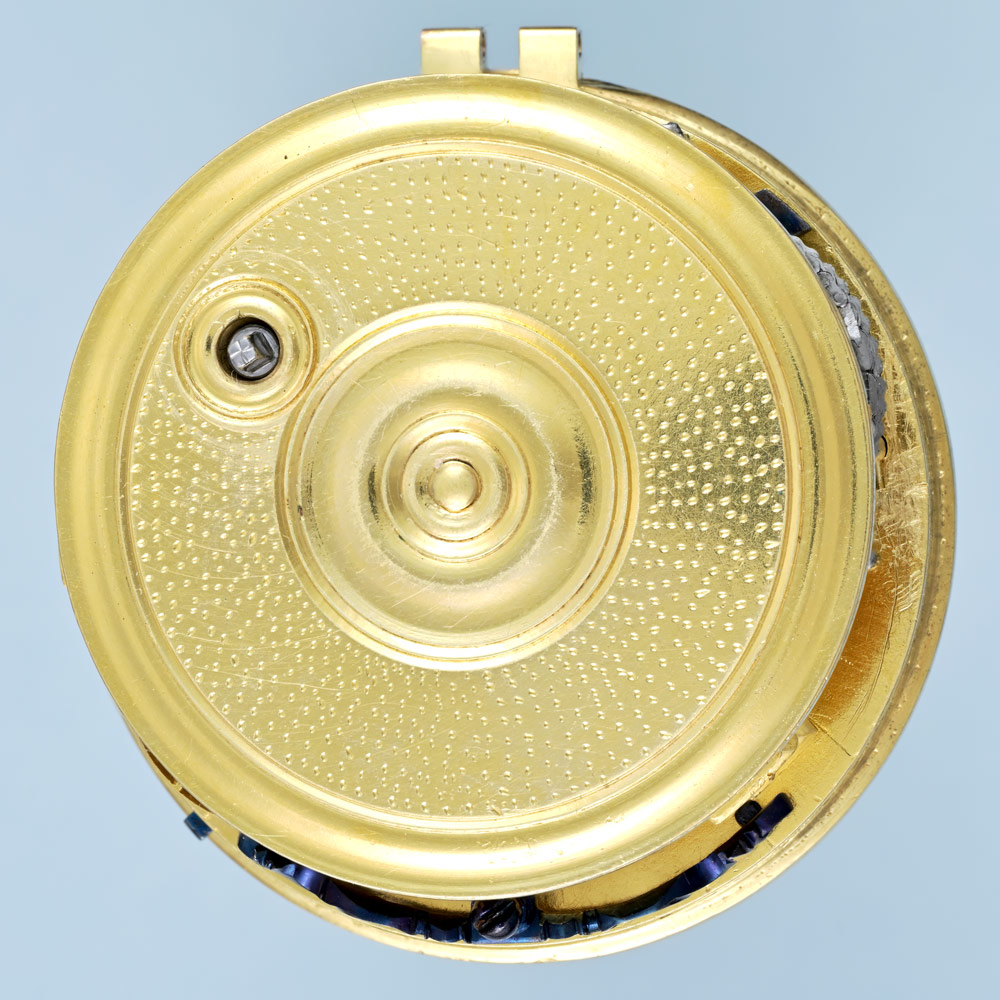
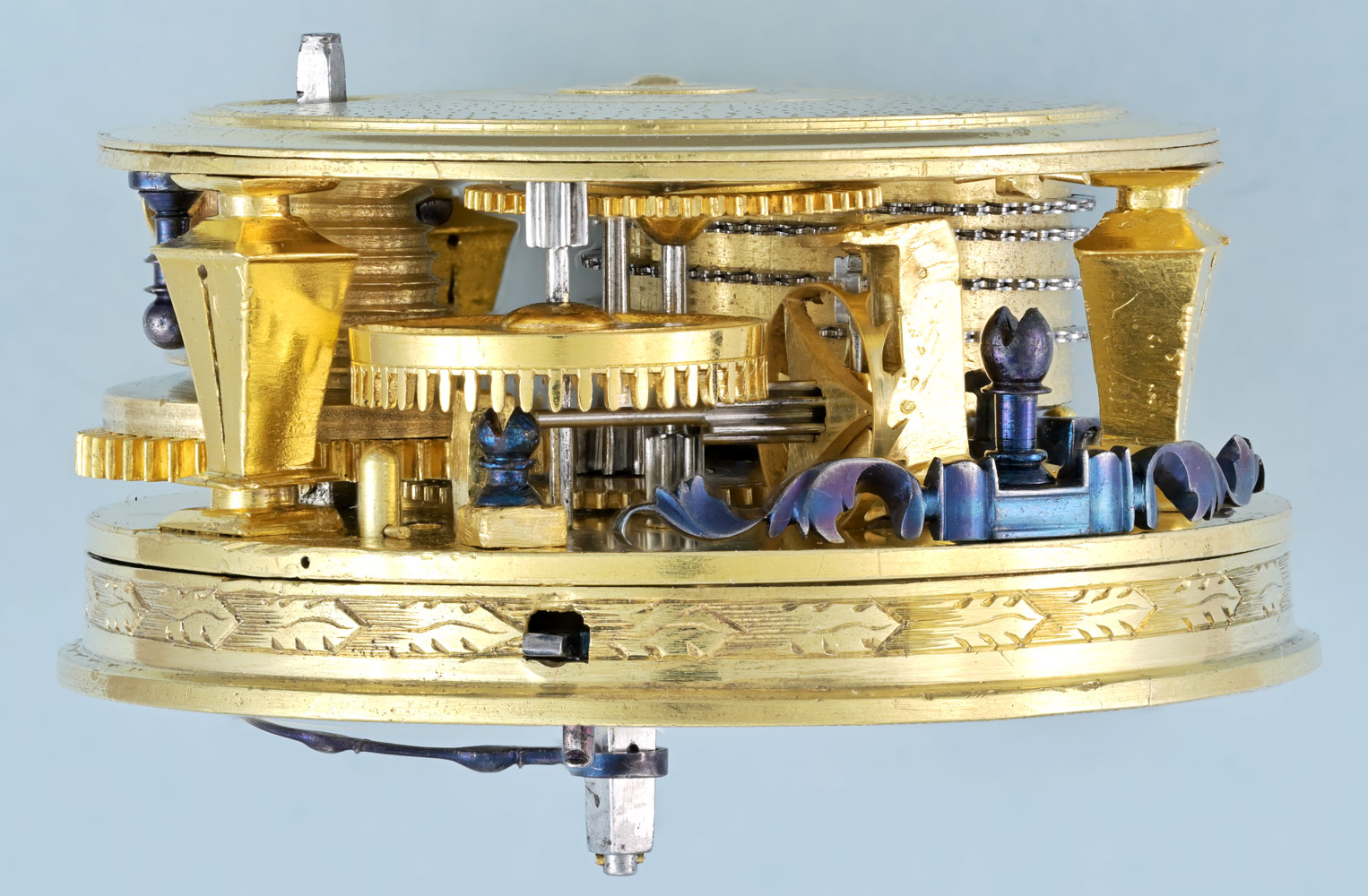
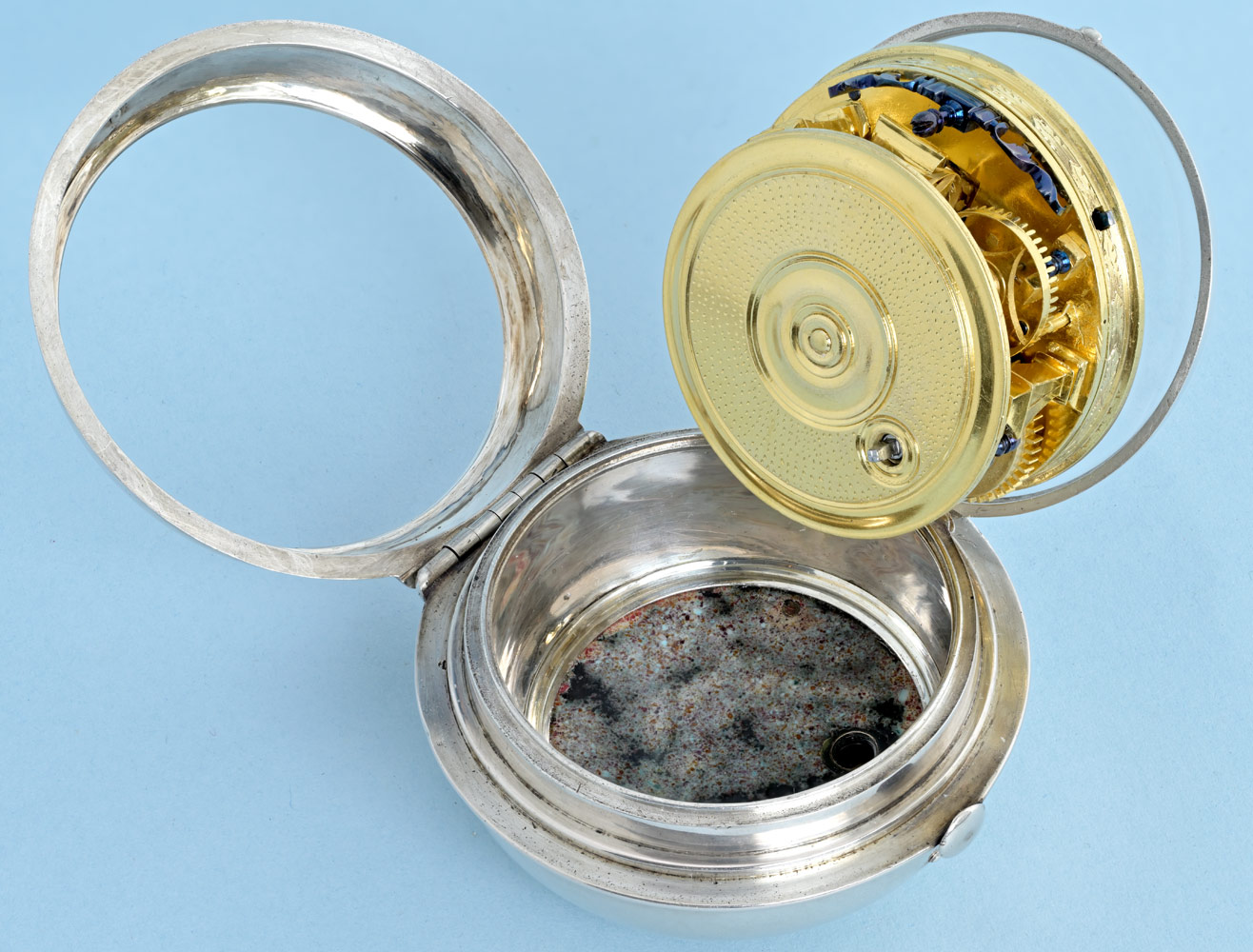
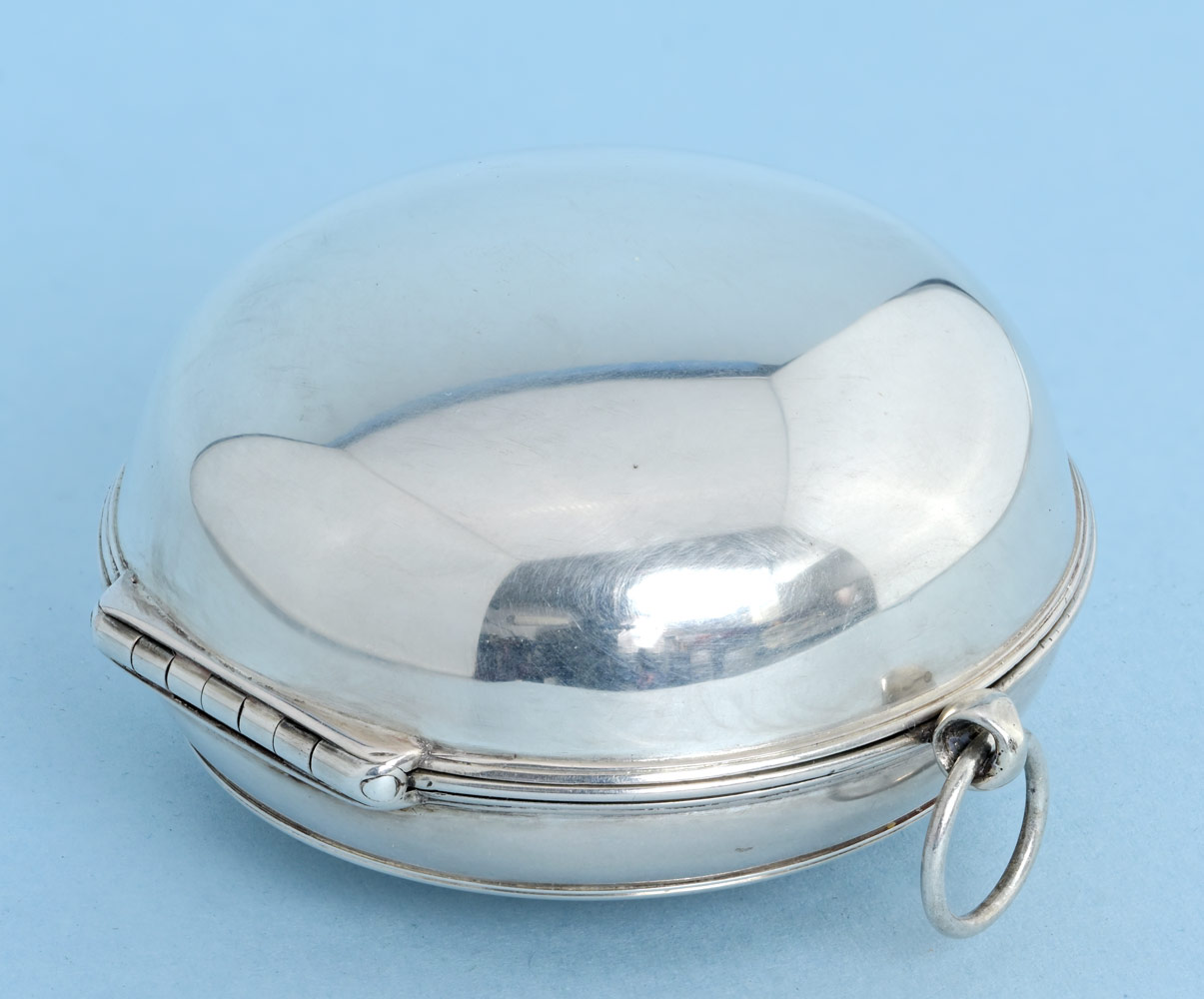
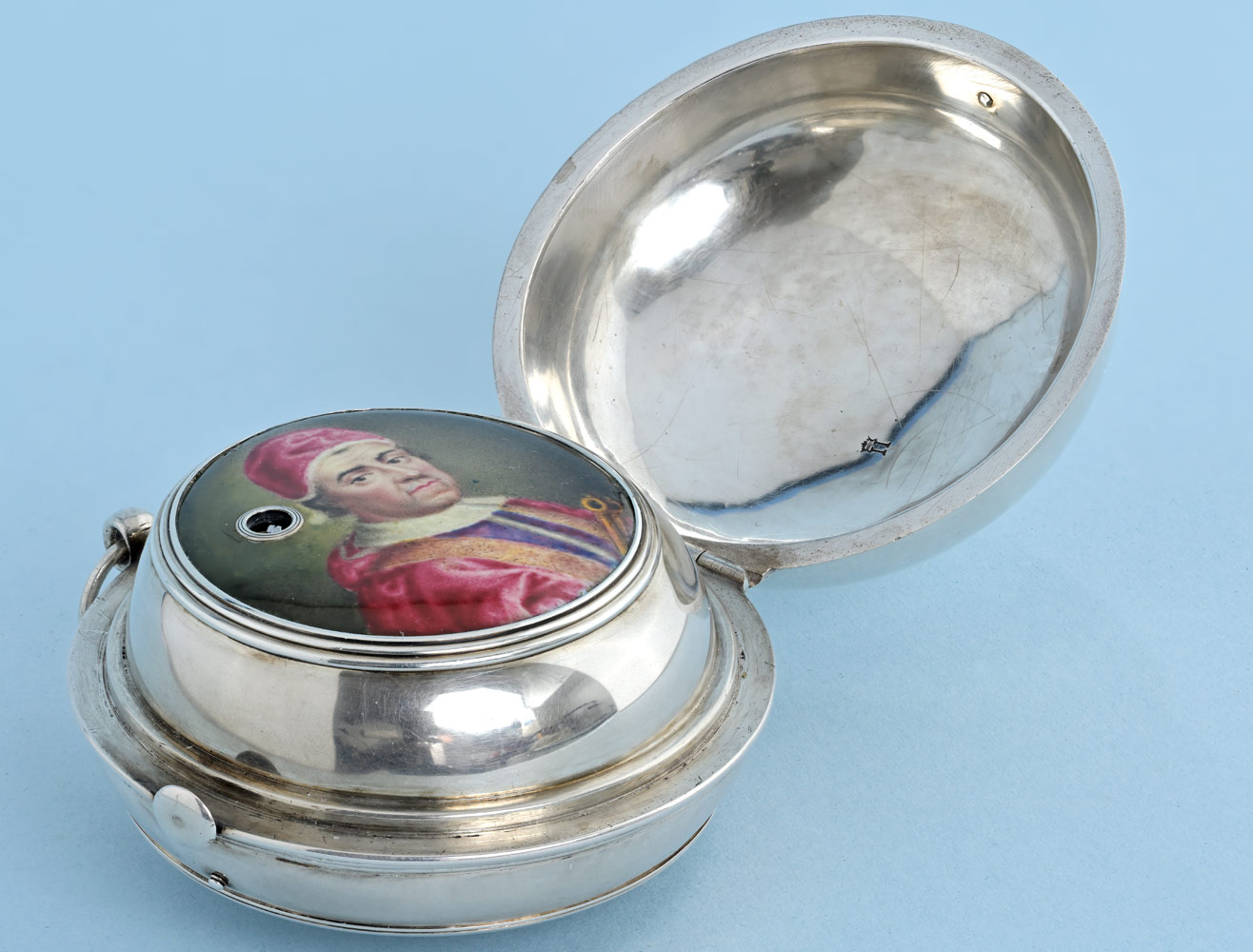

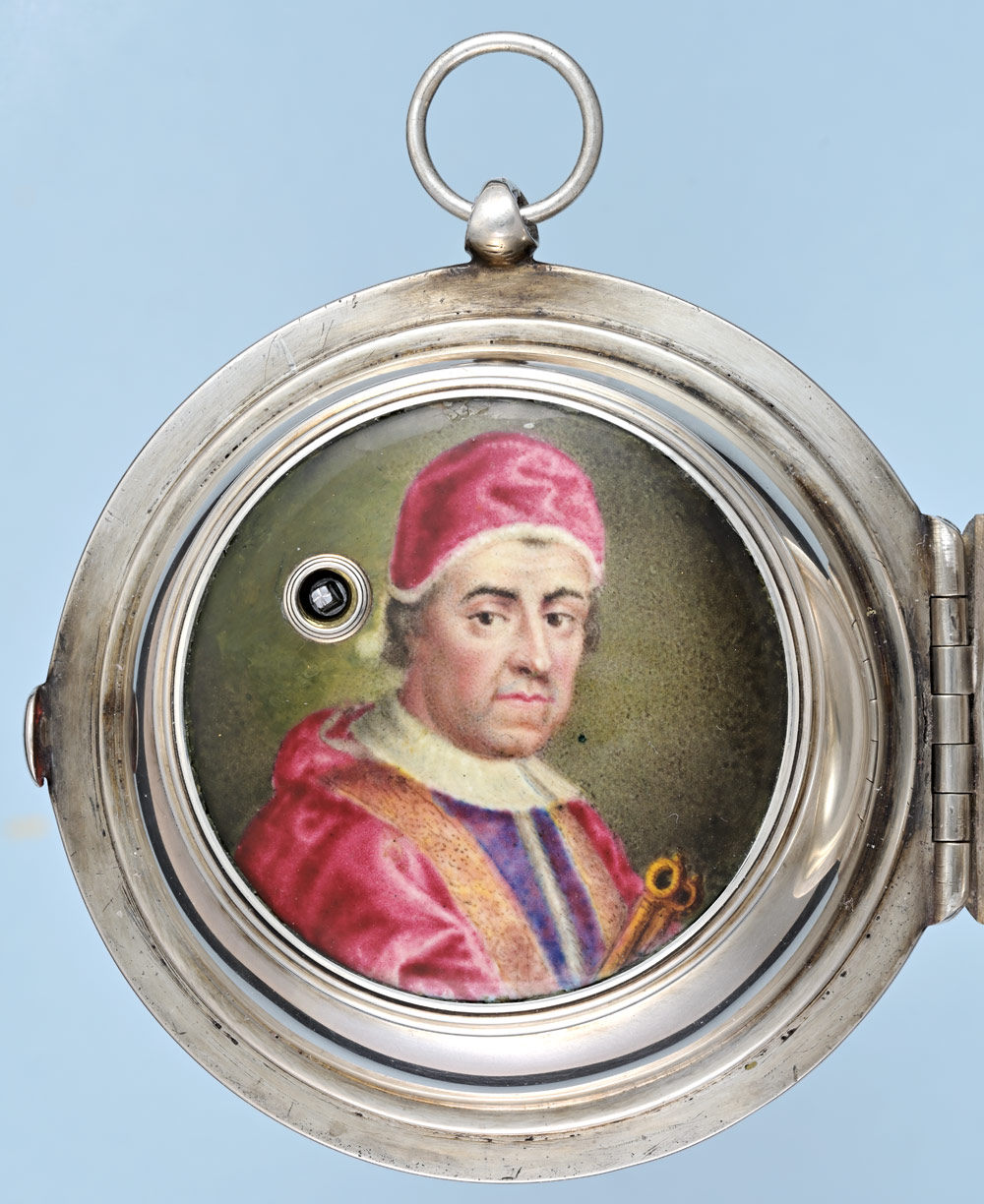
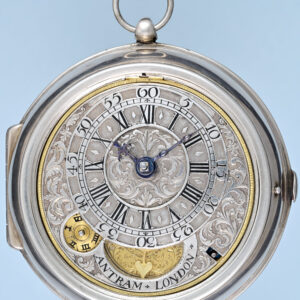
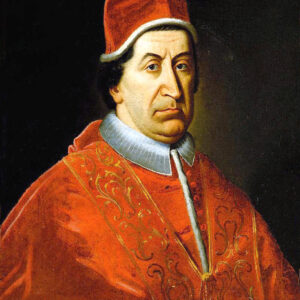
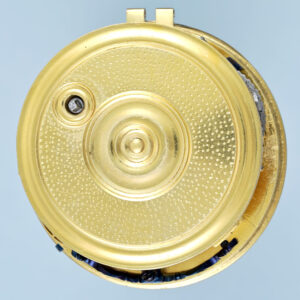
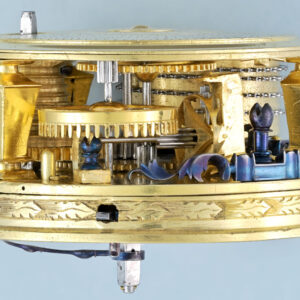
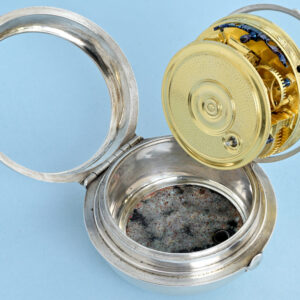
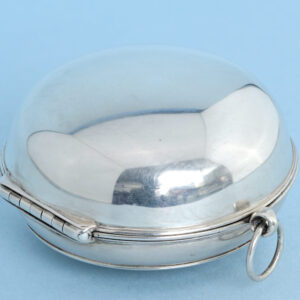
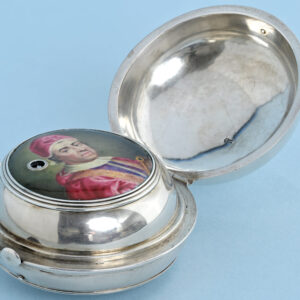
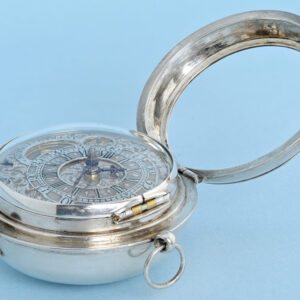
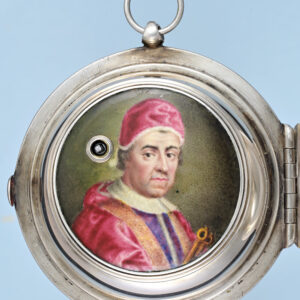
Reviews
There are no reviews yet.